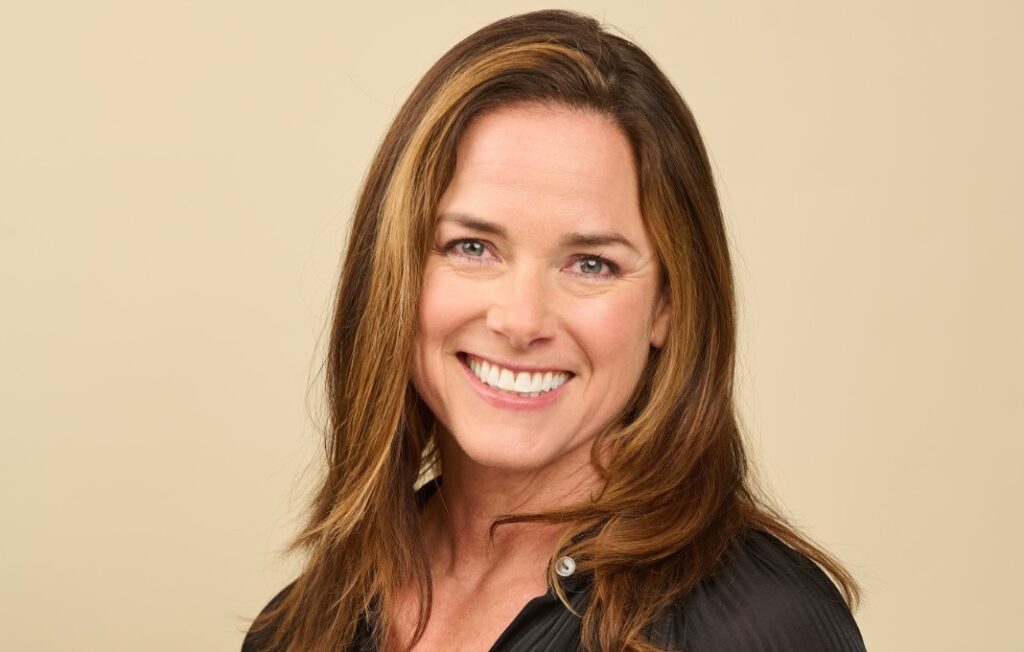Succession management is a crucial aspect of business continuity planning for talent. Despite 90 percent of HR leaders acknowledging its potential as a competitive advantage, only 32 percent believe it to be the case for their own business. To make succession management effective, HR leaders need to avoid common pitfalls and follow guiding principles that prioritize a future-focused approach.
However, it is not uncommon for HR leaders to get caught up in the process of succession management, asking questions about the right ratio of external to internal hires, which segmentation model to use, or how open they should be with their plans. Although these are valid questions, the process is less important than the objective: a dynamic and agile talent bench that meets the needs of their business today and prepares them for the future.
RHR International’s research conducted in collaboration with the Corporate Research Forum (CRF) highlights some common pitfalls that HR leaders should avoid. Some of these include ticking boxes instead of challenging the organization’s thinking about future capabilities, planning for existing roles instead of identifying emerging critical roles, placing too much emphasis on identifying successors instead of developing them, and relying heavily on the passage of time and incidental experiences. These practices fall short because they focus too much on preserving the current state and not enough on evolving to meet emerging business needs.
To encourage future-focused thinking, HR leaders should follow guiding principles that prioritize flexibility over rigid processes, focus on what matters most, leverage collective wisdom, and embrace creativity and targeted risk-taking. These principles encourage leaders to set strong principles, educate leaders on good decision-making, nurture honest dialogue, focus on the CEO’s top priorities, determine which roles drive value, growth, and risk, and understand the most competitive capabilities in the market.
Succession planning should not be a one-size-fits-all solution. “Best practices” are only those that work for your company. HR leaders need to start with the unique needs of their organization and focus on the activities that will drive the most value for them. Flexible systems and agile models enable leaders to adapt to changes and uncertainties in the business environment and the labor market.
With the dynamic movement of talent and reshaping of organizations that is the norm today, detailed planning is often an exercise in frustration. Plans have a short shelf life, with one change potentially impacting dozens of other slates. Instead, HR leaders should focus their efforts on critical capabilities and pools of talent that align with the organization’s strategic priorities and provide significantly more optionality.
When selecting successors, leaders should also listen to their organizations to learn what they need, who inspires them, and how they want to be led. While traditionally a top-down activity, succession planning that leverages the wisdom of the organization leads to leadership teams that are more diverse, inspiring, motivational, and fit-for-purpose (and less political, self-focused, and close-minded). Involving employees in the succession planning process also helps them see possibilities in their own journey and take greater ownership of their career development.
Finally, approaches that rely on rigid criteria, proven track records, and deep company knowledge and relationships hinder speed and progress. In the past, these filters reduced risk and created a stronger sense of certainty in talent decisions. This certainty is a luxury that few businesses can afford with today’s pace of change. Ultimately, HR leaders will have to take calculated risks and explore new ways of identifying and developing talent to stay ahead of the competition and adapt to changing business environments.
Succession management should be a dynamic process of change and serve as a valuable part of the jigsaw puzzle of business continuity. While there are no easy answers, leaders can follow guiding principles to encourage future-focused thinking and ensure that succession management becomes a source of competitive advantage.







